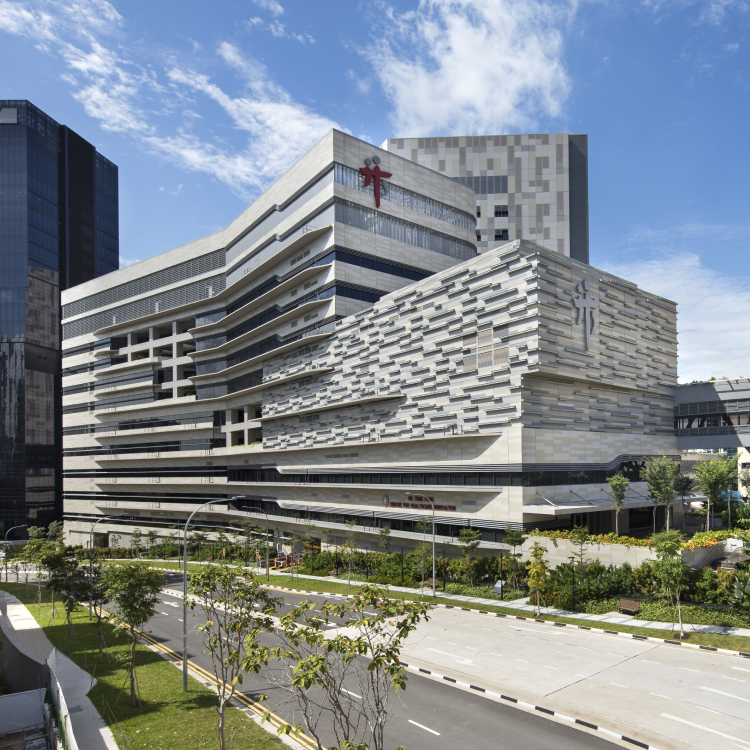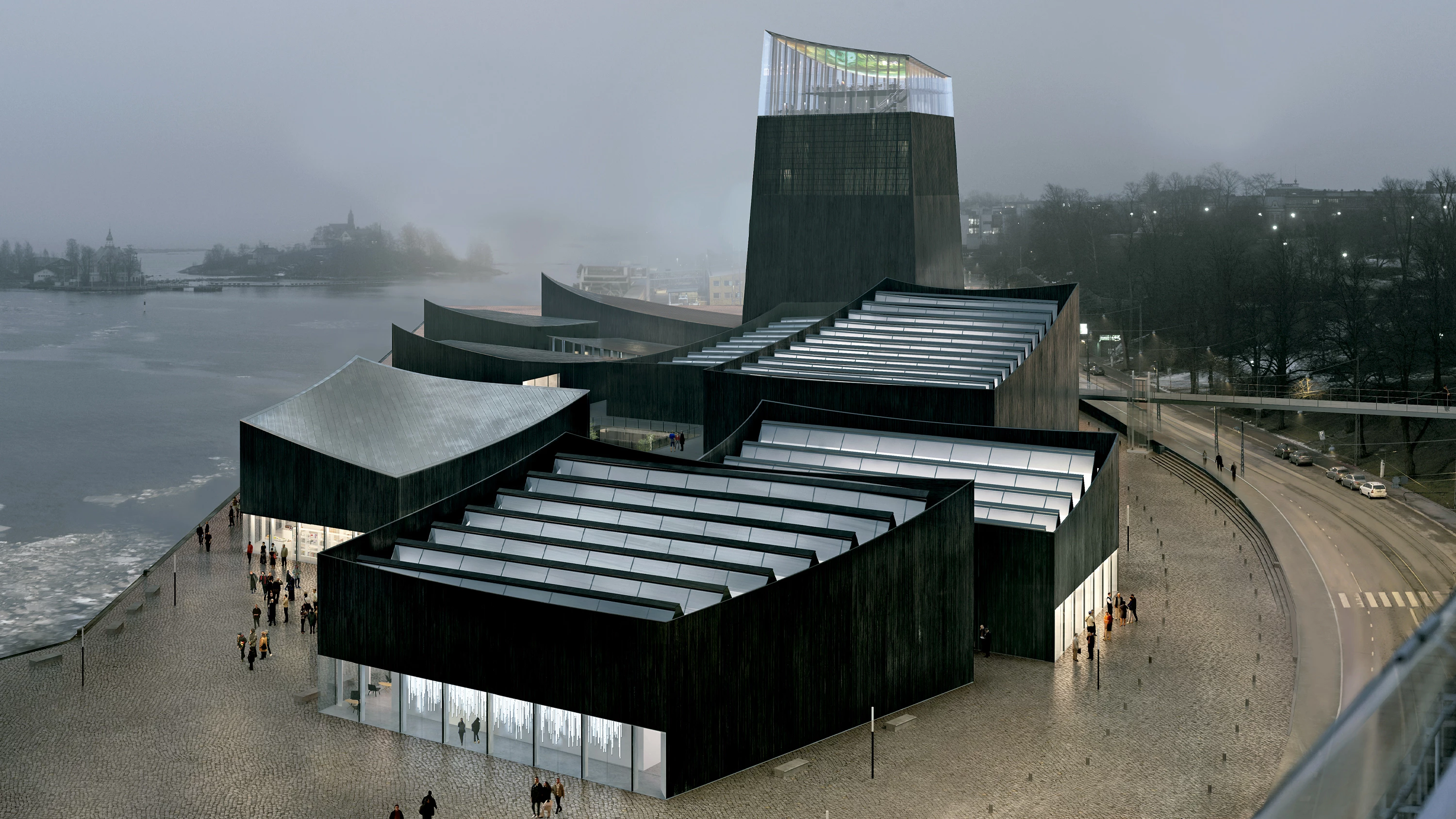As the threats of climate change become increasingly apparent, sustainability has become one of the most important considerations in building design and construction. Architects play a crucial role in realizing a sustainable future through environmentally conscious architectural practices and designs. In this article, we will explore the key role architects can and are playing to advance sustainability through their work. We will also highlight some inspiring real-world examples of sustainable architecture from around the globe to illustrate how greener designs are becoming mainstream.

Sustainable Architecture 101: What Does it Mean?
Before diving into the role of architects, let’s first define what sustainable architecture entails. Sustainable design aims to minimize negative impacts on the environment through efficiencies in energy, water, and material use throughout a building’s lifecycle from construction to operation to demolition. The main pillars of sustainable architecture include:
The goal of sustainable architecture, therefore, is to meet current needs using responsible design strategies that also preserve or enhance the environment and resources for future generations.
How Architects Drive Sustainability Through Design
With this understanding, it is clear architects play a pivotal long-term role in advancing sustainability through their designs. Here are some of the key ways architects can influence more environmentally friendly building practices:
With their training, skills, and design leadership role, architects are uniquely positioned to drive sustainability from concept through occupancy by prioritizing natural systems, responsible materials use, efficiency, and wellness in all aspects of design.
Notable Examples of Sustainable Architecture Around the World
To illustrate how far sustainable design has advanced in recent years, here are some standout projects exemplifying innovative solutions and green building leadership from architects globally:
The Living

The Living is widely considered the world’s most ambitious sustainable building, located in Milwaukee, Wisconsin. Designed by architecture firm TSW to meet the Living Building Challenge’s highest standards, it collects and treats all of its own water while producing zero carbon emissions or waste. Constructed entirely from local, non-toxic materials, it restores rather than depletes natural systems.
Coconut Villas

Situated in the Sri Lankan jungle, these villas by Sustainable Design Lanka maximize passive design strategies to stay naturally cool with minimal energy use. The stacked terraced form, operable roofs, vertical gardens, and ample cross ventilation keep interiors comfortable without HVAC. Local coconut timber, leaves, and shells were utilized for construction.
Brookfield Place

In the heart of New York’s Financial District, Brookfield Place is a large-scale example of regenerative urban design. Its towers were retrofitted by SKIDATA with features like ultra-efficient chilled beams, green roofs, and rainwater harvesting to become among the greenest skyscrapers anywhere.
Edinburgh School of Architecture

This educational building in Scotland by SZB Arquitectos creatively reimagined the school curriculum around sustainability. The adaptable modular building incorporates photovoltaics, solar thermal collectors, rainwater harvesting, natural ventilation, and an on-site materials library to walk the talk on green architecture.
Mass Housing Complexes

In developed at scale in Singapore by CPG Consultants, these affordable mass housing blocks demonstrate density need not compete with sustainability. Using prefabricated modules, innovative solar technologies, air-wells for passive cooling, intelligent controls, and communal gardens, they achieve high standards of green living virtually anywhere.
Guggenheim Helsinki

Designed by More Architecture to achieve Passive House standards in a cold climate, the proposed Guggenheim Helsinki features a cascading “iceberg” form that maximizes daylight while minimizing solar gain and heat loss. Its energy-efficient systems could achieve energy use intensity close to zero despite the large program in frigid Nordic conditions.
House of the Future

In Oulu, Finland, a experimental solar house pioneers new sustainable frontiers. Designed by SIGNA and finished construction in 2020, it incorporates ultra-airtight, zero-carbon construction; smart home energy storage and controls; building-integrated photovoltaics; and living green roofs among innovations that bring the future of sustainable living into the present.
This sampling of inspiring projects exhibits how architects worldwide continue expanding the boundaries of sustainable architecture in diverse environmental and cultural contexts. As green building principles become more integrated and ambitious, architects remain at the forefront of innovation to create low-impact, high-performance built environments.
The Architecture Profession Commits to Sustainability
Reflecting architecture’s growing sustainability priorities, many professional organizations have issued guiding principles, toolkits, and advocacy initiatives encouraging more responsible design practices. For example:
Additionally, many national institutes like ARB, RAIC, and AKU have published green roadmaps, led sustainability advocacy, and assisted practices through advisory services and training. Leading schools also strengthen sustainability education and research opportunities for the next generation of green architects.
As the organizations guiding architecture’s professional standards mainstream sustainability principles and commitments, the field as a whole is better enabled to rise to the climate imperative through responsible, research-backed design practices. With leading professional bodies driving change, sustainability will increasingly define what it means to be an architect worldwide going forward.
